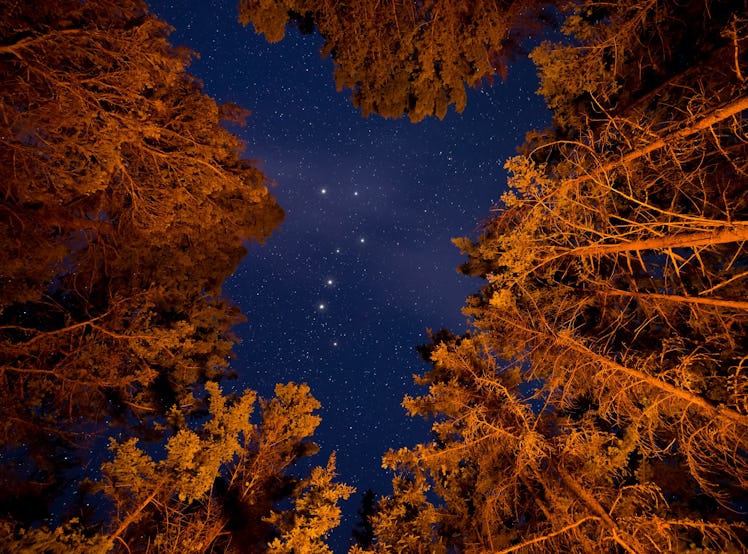January's New Moon Will Be Closest To Earth In 1,000 Years
But there’s a (dark) catch.

Huge news for skywatchers: in just a few short days, the moon will be the closest to Earth that it’s been in 992 years. But there’s a huge (dark) catch.
On Jan. 21, 2023, we’re going to see the “ultimate supermoon” — the closest moon to earth since the year 1030, according to TimeandDate.com. But, unfortunately, the moon will be a New Moon — which means that we won’t be able to see it at all. Bummer!
According to their calculations, the last time the Moon was this close to us was the literal “Dark Ages,” and it won’t be as close to this planet again for another 353 years.
Can you explain why the New Moon will be so close like I’m 5 years old?
On Saturday, January 21st, the Moon will be 221,561 miles/356,568 km from Earth. But why? The answer has to do with how the Moon orbits the Earth, according to TimeandDate.com.
“The Moon’s orbit around Earth is not a perfect circle. Instead, it has an elliptical shape, like a slightly stretched circle,” the site explains. “This means the distance between the Moon and Earth changes over the course of a month.”
When the Moon is closest to the Earth, it’s called the perigee or a supermoon. And the sky goes black when the perigee coincides with a New Moon (meaning the Moon, Sun, and Earth are aligned).
This means stargazers will have a Moon-free sky on Jan. 21... but the moon will be really close!
And that’s the catch — the Moon will be the closest it’s been in over 900 years and won’t come around again for just as long. But no one will be able to see how close it is because it will disappear from our view here on Earth. How ironic!